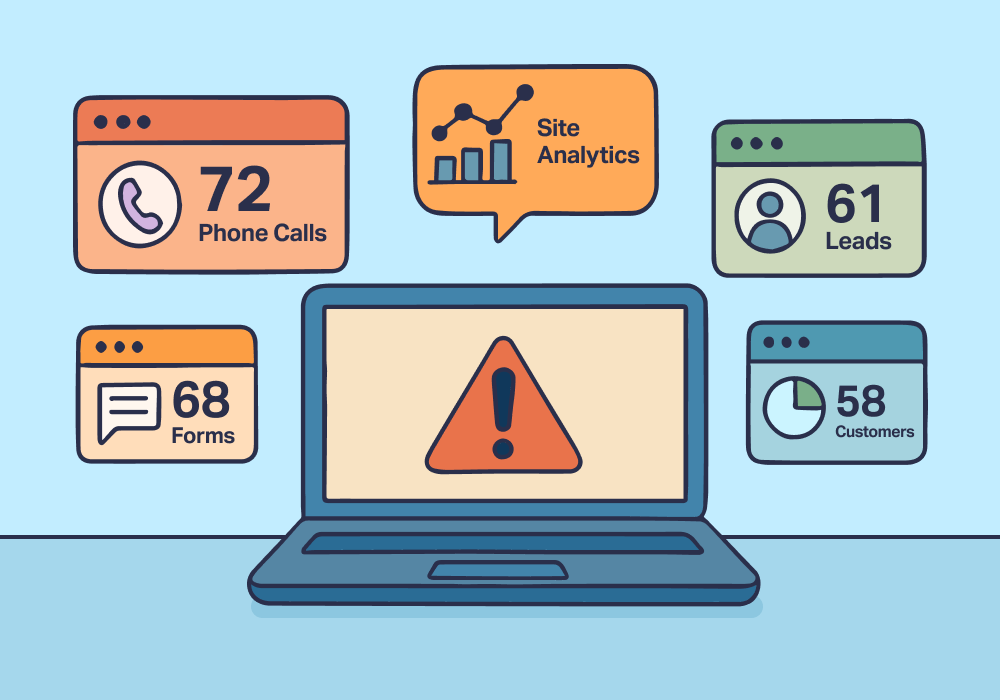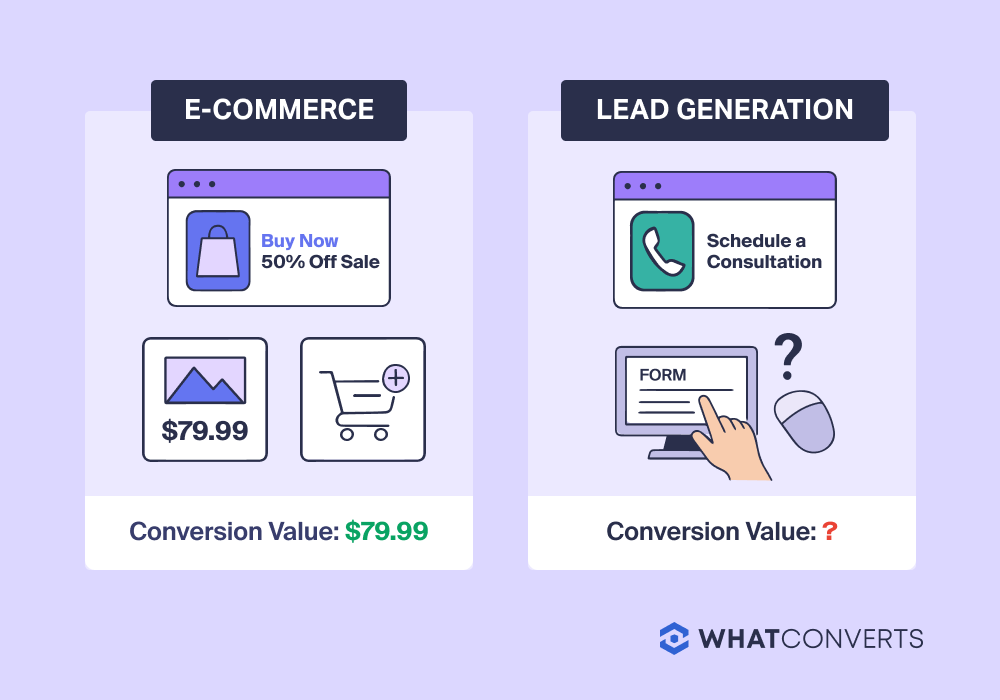
Every marketing team wants to be data-driven. But data-driven only works when the data agrees.
Your call tracking platform says 72 phone leads. The site analytics say 68 form submissions. The CRM says 61 total leads. The client dashboard says 58. Four systems, four versions of the truth—and zero confidence in any of them.
That's the single-source-of-truth problem, and it's quietly eroding marketers' ability to make confident, defensible decisions.
When No Version Is the Right Version
Data silos don't just scatter information; they create mismatched realities.
Each platform only tracks what it sees, and they can’t compare notes. So when a single person:
- Clicks on your Google Ad on Monday
- Submits a form on your site on Thursday
- Calls to book an appointment the following week
- Signs a contract a month down the line
…you now have four systems telling you they have a great new lead that just came through. You think you brought in $2000 in potential revenue, when it’s really just one $500 job.
None of them are technically wrong. They're just incomplete.
The real damage happens when you have a month’s worth of conversion data and these partial truths start to collide:
- Strategy meetings get stuck. Meta Ads shows 45 conversions at $80 CPL, while Google Ads shows 62 conversions at $110 CPL. But 30 of those Meta "conversions" might be people who also called after clicking a Google Ad. With no way of knowing, your strategic recommendations come across wishy-washy. Clients hesitate to implement your ideas, and campaigns start to stagnate.
- ROI calculations become impossible. You spent $15,000 on ads that generated 140 conversions across your tracking tools. But after manual deduplication (which takes hours) it's actually only 87 unique people. Your cost per lead just jumped from $107 to $172, and you didn't know until the client asked why revenue didn't match your lead count.
- Budget decisions stall. The CMO wants to double Google Ads spend based on "strong conversion numbers." But the sales team says half those leads never made it to the CRM. Without a unified view showing which leads are real and which are duplicates, the budget request dies in skepticism.
The problem isn't that marketers don't have data. It's that they have too many versions of the truth, and no authoritative way to determine which one reflects reality.
Why Marketing Needs What E-Commerce Already Has
E-commerce platforms solved this decades ago. Shopify doesn't wonder how many orders happened. Every click, cart addition, and purchase lives in one system. The revenue number is the revenue number.
Lead generation should work the same way. Every phone call, form fill, chat conversation, and qualified lead should exist in a single system that becomes the authoritative record.
That's what a true single source of truth delivers—and it changes how teams operate:
- One lead count that everyone references. When the sales team, marketing team, and client all pull from the same system, conversations shift from "whose data is right" to "how do we improve these results."
- Attribution that actually works. Track every conversion back to its marketing source without reconciling three different platforms' opinions about what happened.
- Confidence in optimization. Run experiments knowing the results reflect complete data, not partial snapshots from competing systems.
- Faster budget decisions. When leadership can trust the ROI calculation, they approve increases. When they can't, they don't.
WhatConverts creates this foundation by tracking every conversion type (calls, forms, chats, e-commerce transactions, and more) in one unified platform. Each lead ties back to its exact marketing source, automatically, without manual reconciliation.
From Chaos to Clarity
Constellation Marketing was facing contract cancellation after a client's CRM data contradicted their marketing reports. The consulting group said the chatbot deserved credit. The agency's tools said otherwise. Nobody could agree on who was responsible for the results.
After implementing WhatConverts as their single source of truth, they proved their marketing generated 70% of the client's revenue—over $500,000—with a 9X ROI. The competing data versions disappeared. The client stopped questioning and started investing, increasing their budget by 150%.
The difference wasn't better marketing. It was indisputable data that everyone could trust.
Read More: 9X ROI Secures Client Retention for Law Firm Marketing Agency [Case Study]
Building the Foundation
Establishing a single source of truth requires three elements:
- Unified capture across every conversion type your marketing generates
- Automatic attribution that ties each lead to its source without manual work
- System-wide adoption so everyone pulls from the same authoritative record
Get those three right, and optimization becomes possible. Skip any of them, and you're back to debating which dashboard tells the real story.
Ready to stop reconciling competing datasets and start making decisions based on one authoritative record? Sign up for your free 14-day WhatConverts trial today and see what happens when everyone trusts the same numbers—or book a demo to see how agencies are turning data chaos into confident growth decisions.
Get a FREE presentation of WhatConverts
One of our marketing experts will give you a full presentation of how WhatConverts can help you grow your business.
Schedule a Demo
Grow your business with WhatConverts






